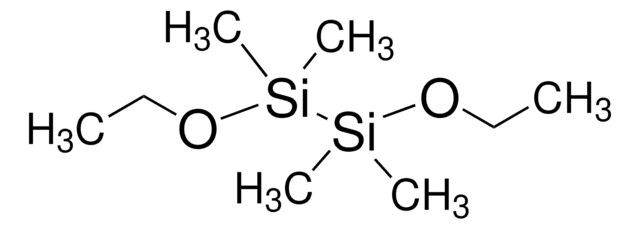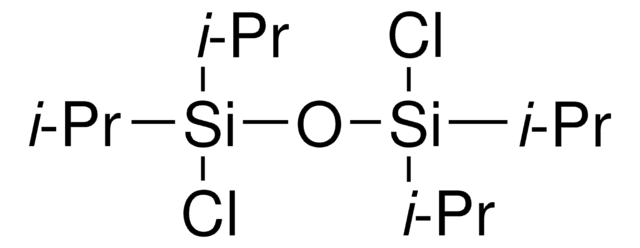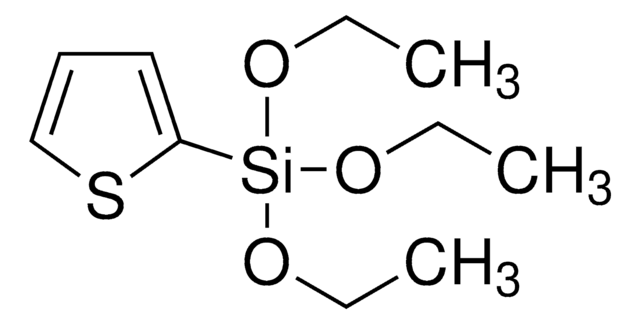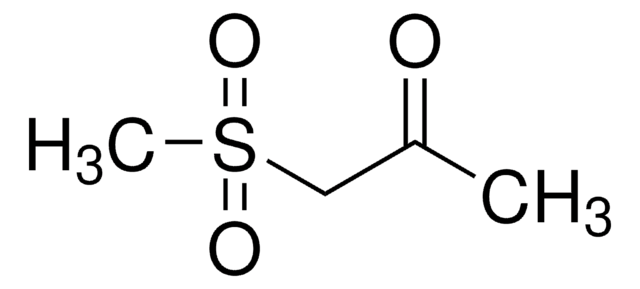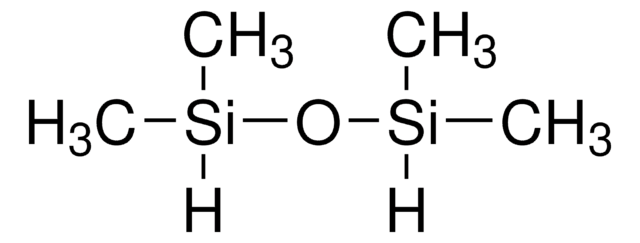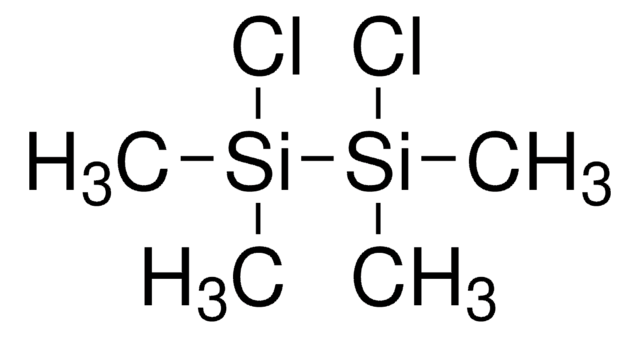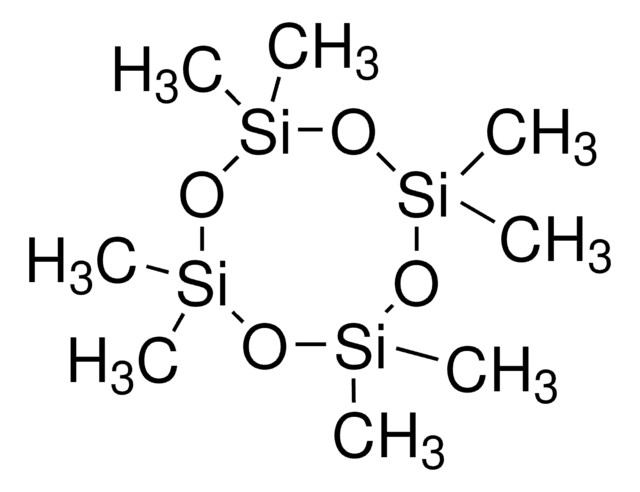About This Item
Recommended Products
Quality Level
Assay
97%
refractive index
n20/D 1.425
density
0.8587 g/mL at 25 °C
SMILES string
CO[Si](C)(C)[Si](C)(C)OC
InChI
1S/C6H18O2Si2/c1-7-9(3,4)10(5,6)8-2/h1-6H3
InChI key
CWGBHCIGKSXFED-UHFFFAOYSA-N
Application
- In the palladium catalyzed bis(silylation) of 1,4-diethynylbenzene to obtain a crack free sol-gel.
- To prepare dimethylsilylene via gas-phase flow-pyrolysis at 600 0C.
Signal Word
Warning
Hazard Statements
Precautionary Statements
Hazard Classifications
Flam. Liq. 3
Storage Class Code
3 - Flammable liquids
WGK
WGK 3
Flash Point(F)
80.8 °F - closed cup
Flash Point(C)
27.1 °C - closed cup
Personal Protective Equipment
Regulatory Listings
Regulatory Listings are mainly provided for chemical products. Only limited information can be provided here for non-chemical products. No entry means none of the components are listed. It is the user’s obligation to ensure the safe and legal use of the product.
FSL
Group 4: Flammable liquids
Type 2 petroleums
Hazardous rank III
Water insoluble liquid
JAN Code
678163-BULK:
678163-1G:
678163-VAR:
Certificates of Analysis (COA)
Search for Certificates of Analysis (COA) by entering the products Lot/Batch Number. Lot and Batch Numbers can be found on a product’s label following the words ‘Lot’ or ‘Batch’.
Already Own This Product?
Find documentation for the products that you have recently purchased in the Document Library.
Articles
Over the past several years, the Pd-catalyzed cross-coupling of silicon compounds (Hiyama coupling) has rapidly gained acceptance as a suitable alternative to more commonly used methods such as Stille (Sn), Kumada (Mg), Suzuki (B), and Negishi cross-couplings (Zn).
Our team of scientists has experience in all areas of research including Life Science, Material Science, Chemical Synthesis, Chromatography, Analytical and many others.
Contact Technical Service